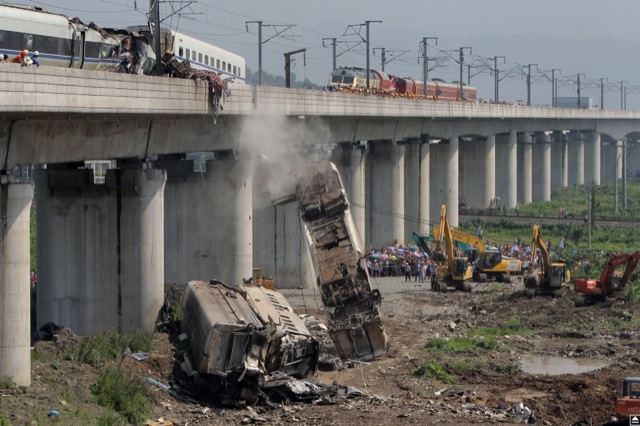The Wall Street Journal points out (search for “Bay Area Shutdown” if this link doesn’t work) that the BART employees who are on strike represent an industry that has seen one of the steepest declines in worker productivity in history. By just about any measure–transit trips per worker, revenues per worker-hour, costs per passenger mile–the transit industry has gone backwards more than a century in both labor and capital efficiency.
The really scary thing, at least if you are a transit rider, is that the result of this strike will be that BART, along with other transit agencies, will sacrifice safety in order to politically accommodate its workers. Many public employees have fat pensions and guaranteed health-care for life, but if paying for these things forces your local planning department to not pass a few new rules or your local library to buy a few less books, no one is going to be particularly damaged.
However, transit agencies–and especially rail transit agencies–can and do cut maintenance budgets in order to keep the money flowing to workers with cushy jobs. This is because of the asymmetry in union-employer negotiations when the employer is a public agency that reports to elected officials who depend on union support to get elected. In the case of transit, this asymmetry is both local and national in scope, as federal law requires that transit agencies keep unions happy in order to be eligible for federal grants.








